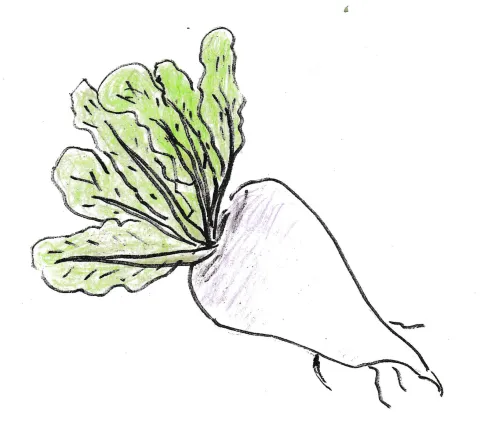Hard Work

There was a program on TV I found interesting. It was called "How Its Made." One evening when no baseball game was on, I checked it out. The topic hit a familiar cord with me. It explained how beet sugar was made.
I am familiar with sugar beets. They are a major crop in the Saginaw Valley of Michigan. My maternal grandparents had a twenty acre farm about a mile from the Saginaw Bay of Lake Huron. The soil was fertile. It had been part of an ancient flood plain formed when the glacier melted long ago. That soil would grow anything.
Their cash crops were sugar beets for the Saginaw sugar factory and ripe tomatoes for the Detroit wholesale market. Both required hard work.
My grandparents, John and Vera Santoviz worked hard on their little plot of land. Grandpa prepared the soil in spring with his one horse plow and harrow. The seed was planted by hand. The tiny new plants were thinned on hands and knees as well. Grandpa and Grandma hoed out the weeds, walking row by row across the field. The sugar beets would take it from there, needing little further attention during the summer. It was just as well. Grandpa and Grandma had tomato plants to tend and tomatoes to harvest.
Come early September, the beets were huge with green leafy tops rising two feet or so high. The field was a sea of green. It was time to "chop beets." A sugar beet doesn't look like a red garden beet. It is a white beet about eighteen inches long from root to crown. Heavy, too. The crown is between eight and ten inches wide. It is hard to imagine sugar coming from such an ugly tuber.
Grandpa and Grandma pulled the beets by hand. Imagine trying to pull up one of them to say nothing of a field full. It was hard work. It helped a little that the crown was above ground, but not much. They pulled the beets, cut off the green tops with a machete and tossed the beets onto the bed of their old 1923 pickup truck with its homemade wooden box. When no more beets could be piled on, Grandpa drove the loaded truck to the sugar processing plant to Saginaw. Then it was back to the field for more harvesting.
That was the way my grandparents did it. The TV showed a state of-the-art beet harvester. It traveled across the field as fast as one could walk. The beets were pulled, topped and thrown into a wagon attached to the back, all in one continuous process. No back breaking work was involved. Grandpa and Grandma would have been green with envy.
You never see sugar beets here in Tennessee, or beet sugar either. This is not a market for the Saginaw Sugar Company. Too bad. I would be an eager customer in memory of my hard-working grandparents.
- Log in to post comments